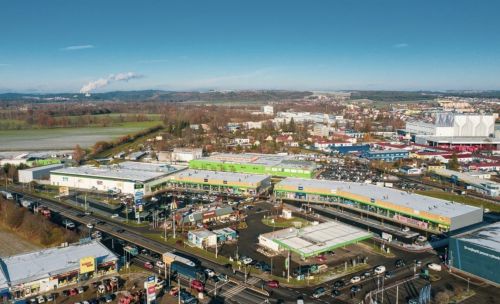By 2019 the data gathered by humankind is to reach over 30 zettabytes – more or less ten times more than we have now. To get some kind of idea of what sort of number this is, the amount of all the information stored from the beginning of human history until 2010 (from stone tablets to supercomputers) comes to just under 0.2 zettabytes.We obviously gave up on carving on stone tablets some time ago, but the hundreds of millions of books that are still in existence are also gradually becoming obsolete; nevertheless, all this information needs to be stored somewhere. And even the virtual world requires real space. So will we be visiting byte libraries instead of physical ones? Not really, since such data is stored in places that resemble warehouses more than public buildings. Besides, why bother with such excursions if we can access whatever we need to look at via devices in our pockets? In fact, it is the very growth of the mobile device market and related services itself that is se































































